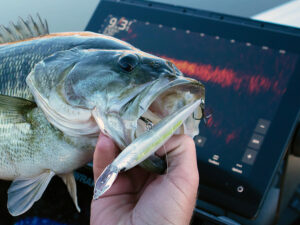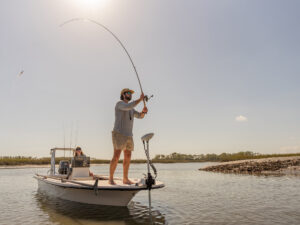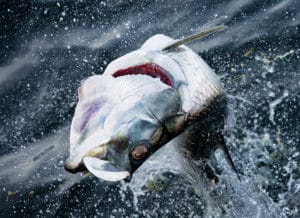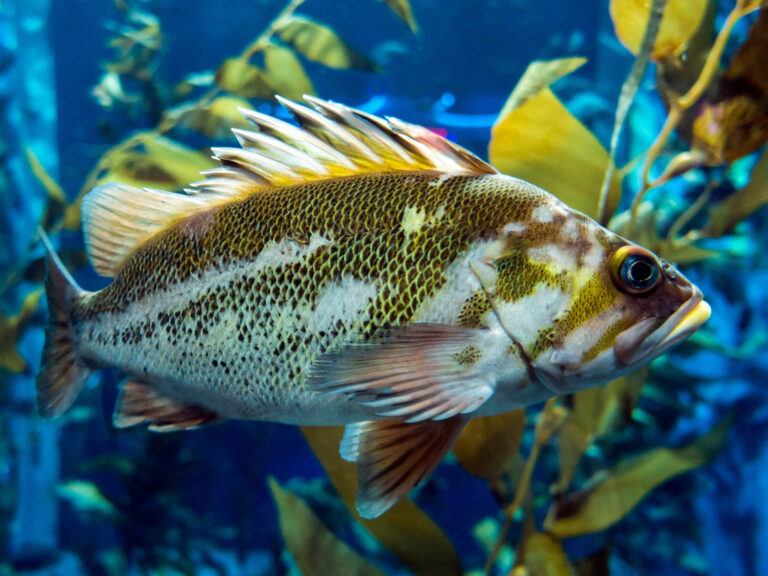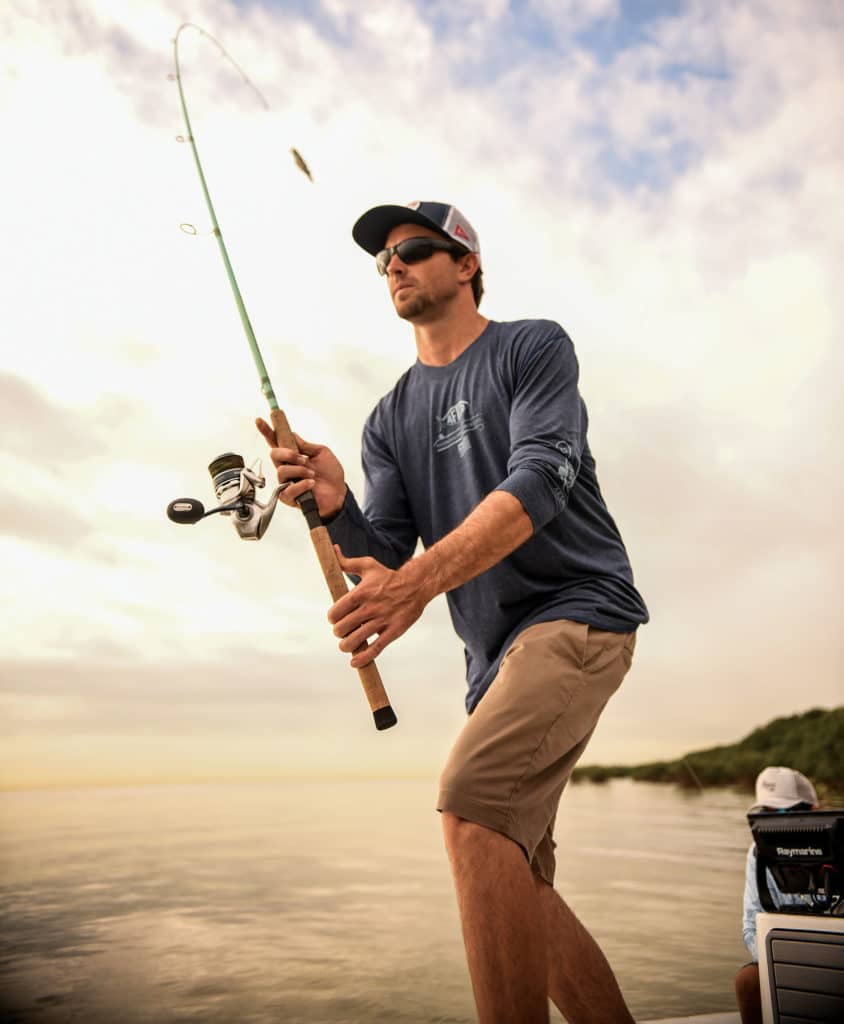
You’ll hear an awful lot of talk about the tip of a rod. Its action, sensitivity and strength are all topics of conversation. But when’s the last time you heard anyone talk about a rod’s butt? You might hear someone ask if a rod’s butt is gimbaled, but that’s usually the extent of the conversation. Isn’t the rear of the rod just as critical as its tiptop?
Truth be told, probably not. But that doesn’t mean you should ignore the part of a rod that lies aft of the reel seat. This is the section that you handle constantly, and its design and materials can significantly impact your effectiveness as an angler — especially for fishing styles such as casting and retrieving, when you’re constantly holding the rod.
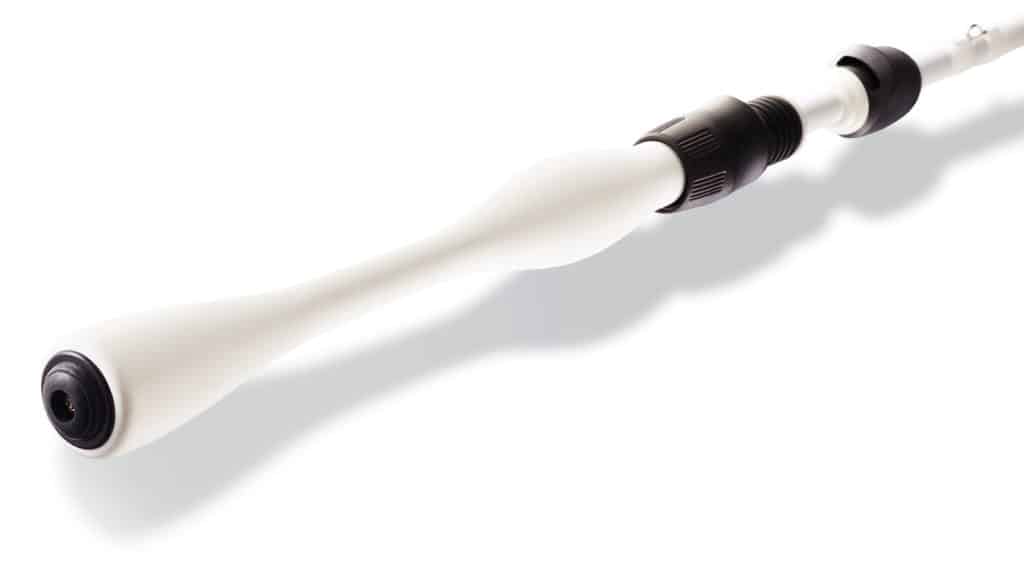
Length and Style are No Joke
“The most frequent questions I hear about rod butts relate to length,” says Steve Fogle, custom rod-builder and owner of Backyard Custom Rods. “And when it comes to comfort, butt length is a very important detail.”
To be sure the butt on a rod you’ll use for jigging and most inshore types of fishing including casting will function comfortably and efficiently, says Fogle, you want to be sure it’s long enough to lie against your forearm for support without extending beyond your elbow.
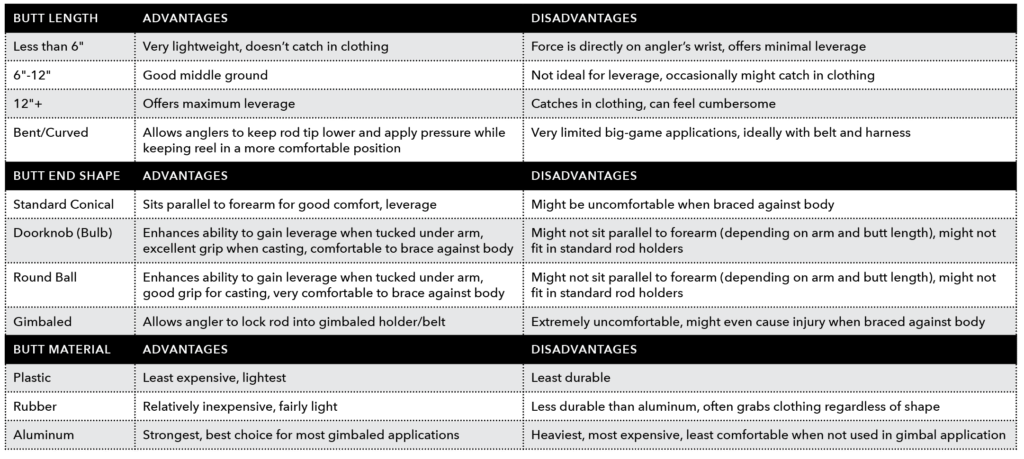
Lengths, Shapes and Materials Compared
“More length means more leverage,” he explains, “but if the butt extends past your elbow, it will commonly tangle in your clothes, bump against your body, and feel cumbersome. On the other hand, a very short rod butt that doesn’t extend back along your forearm might put all the pressure on your wrist — which is also very uncomfortable.”
Fogle says “split-grip” style butts, which have a section of open rod blank between the grip and a second butt portion commonly called the “fighting butt” (since it can be jammed into the gut or locked under an arm while battling a fish) have become the preferred style in recent years. They offer a slight weight and cost savings due to reduced material, but their advantage is mostly aesthetic. Other styles some anglers prefer include triangular or hexagonal butts (which some people feel are easier to keep a firm grip on) or increasing the diameter at the rod-butt base (also known as “swelled” butts) for a better grip while casting.
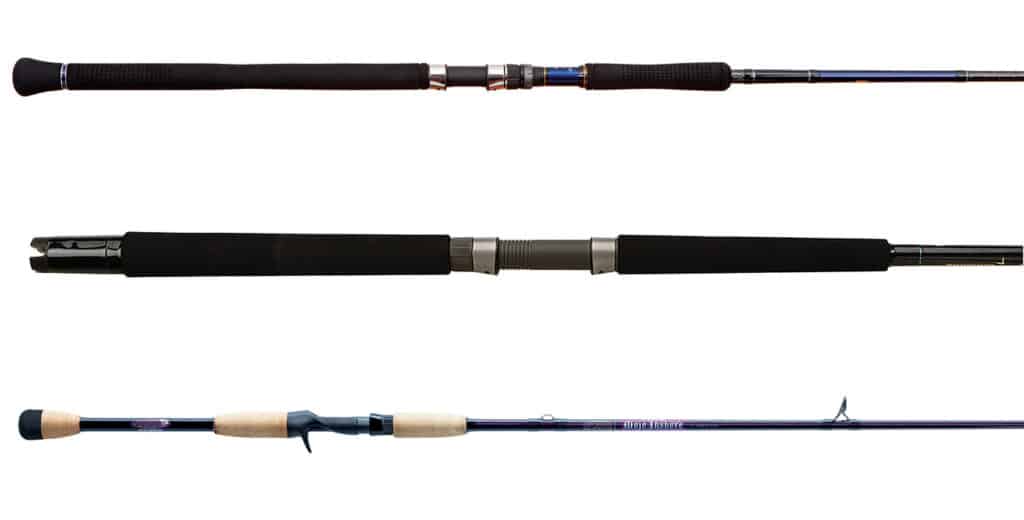
Putting a Cap On It
When it comes to choosing butt-cap styles, Fogle notes that gimbaled caps, which lock into a holder, might be necessary for trollers and those who fight large pelagics. Do not, however, try to brace a gimbaled butt cap against your gut without a fighting belt or a slide-on butt cap unless you enjoy being bruised and scraped. Fogle also says that long-butt offshore boat rods (intended strictly for use in a fighting chair) have become far less popular than stand-up gear in the past few years, although he has recently built rods for some customers with Winthrop rod butts that adjust between straight and bent, and can be multipurposed.
Fogle gets asked to build a lot of rods with gimbaled butts covered with a slide-off cap so people can use them both with and without a fighting belt. Removable butt caps can, however, become wedged inside gimbaled rod holders.
Above all, Fogle says personal preference counts more than anything. Some people use a bulbous butt cap on larger rods, the butts of which might need to be tucked under the arm or jammed into the gut for support. These larger butt ends might also assist when casting by giving the angler a firm grip, especially with long rod butts designed to maximize leverage during casts.
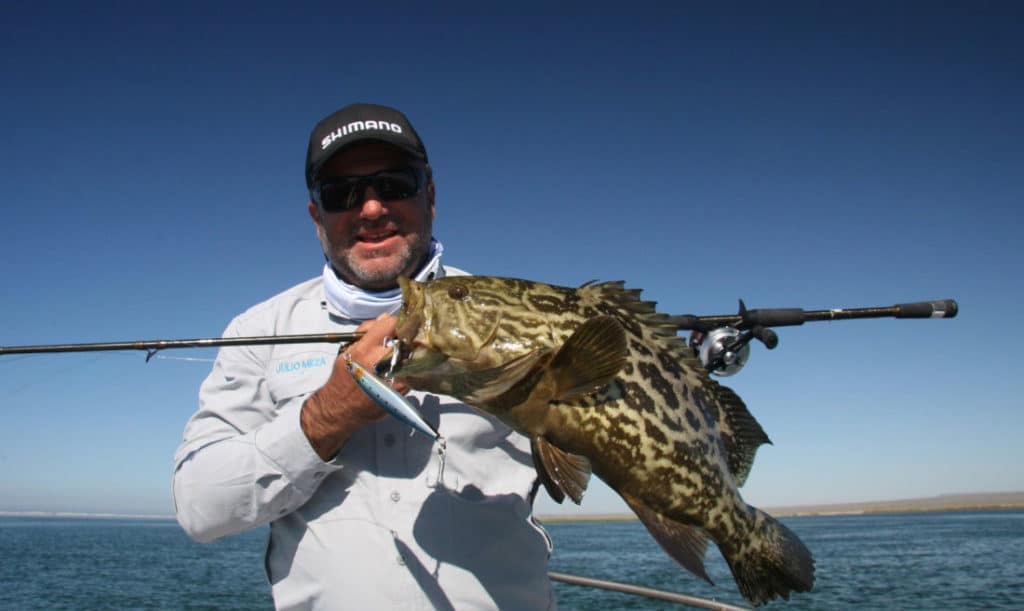
Material Differences
Along with size and shape, butt material can make a big difference in an angler’s comfort — and also has a big impact on longevity. One might think that some of the newer materials modern tech has provided, such as carbon fiber, would have a role to play. But carbon fiber’s use is rare and limited to light-duty butts that have no metal parts.
“We’ve done some experimenting with carbon fiber,” says Greg Stotesbury, manager at AFTCO Manufacturing, which makes aluminum rod butts intended for offshore use. “You still need aluminum and steel parts, and when you add these materials together with carbon fiber, you will create galvanic corrosion problems. You basically create a battery.”
Fogle doesn’t commonly see carbon fiber either, and says that cork and EVA foam (ethylene-vinyl acetate) are the materials most people choose. “Everyone wants light. Lighter is always better,” Fogle notes. “And lighter is often more comfortable, whatever the material.”
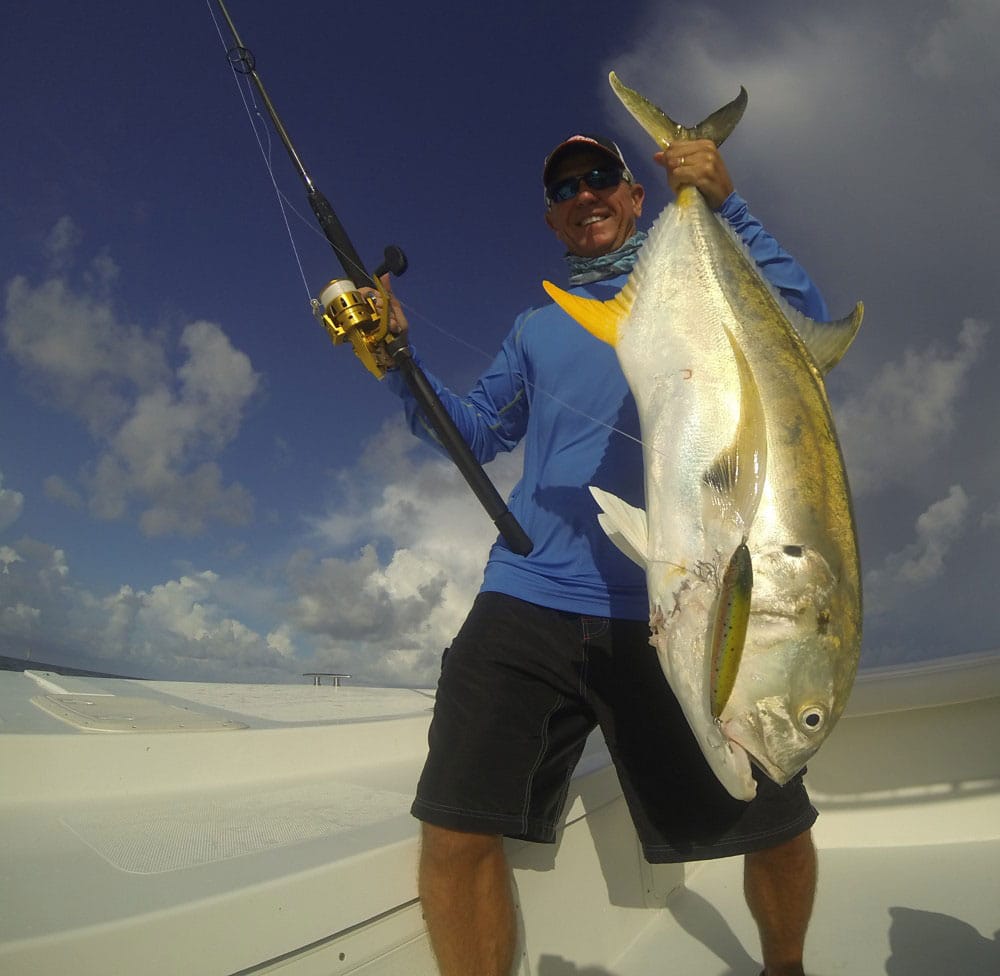
Hypalon, a material that’s a bit tougher than EVA, is also used by many rod builders, but it’s also a bit heavier than cork or EVA. Cork is marginally lighter than EVA, but it’s more prone to damage. Again, Fogle stresses that these materials are all good choices, and personal preference is more important than any differences between them. Fogle also differentiates between the materials used for the butt and for the butt’s cap. “Rubber is good for the butt cap,” he says, “because it doesn’t slide. But rubber butt caps also tend to grab both clothing and skin, which can interfere with a fight. Plastic is lighter than rubber, but it also doesn’t hold up as well.”
“You have to realize,” he adds, “that aluminum is the most durable material you’ll see in a rod butt. It’s usually used for heavier trolling or offshore rods. Aluminum can cause damage to parts of a boat such as teak covering-boards and vinyl cushions. But nothing can hold up like aluminum over the long term.”
So at least for the time being, aluminum will be reserved for the heaviest applications, while casting and inshore rods will remain limited to cork, EVA, Hypalon, rubber and plastic. And this fits a familiar pattern: As is true of most fishing gear, every choice reflects a trade-off. A rod used purely for casting light lures in inshore waters will be best off with a light butt and a plastic cap, just as long as you realize that plastic won’t last forever. You can improve longevity with rubber, but weight will also go up. A rod used for heavier action will benefit from the added leverage of a longer butt, but you’ll pay for that leverage when the butt gets caught in your shirt or jacket as you try to cast.
Each seemingly small choice you make when selecting a rod butt has an effect on different aspects of how you use that rod. And while the tiptop might get most of the attention, that butt end plays a significant role in just how satisfied you will ultimately be with each and every fishing rod in your rack.

